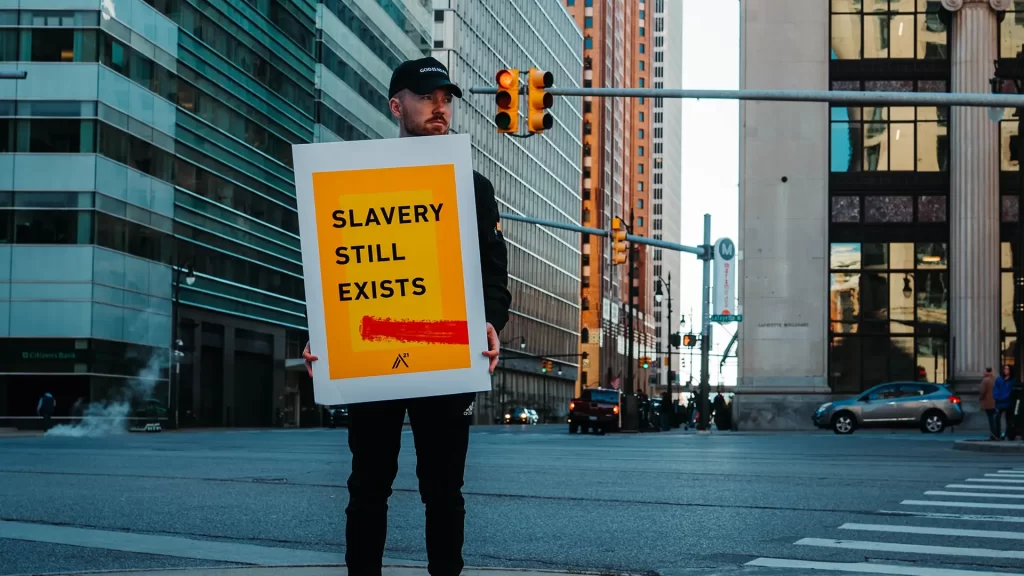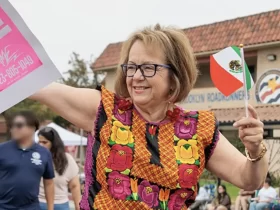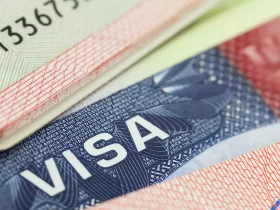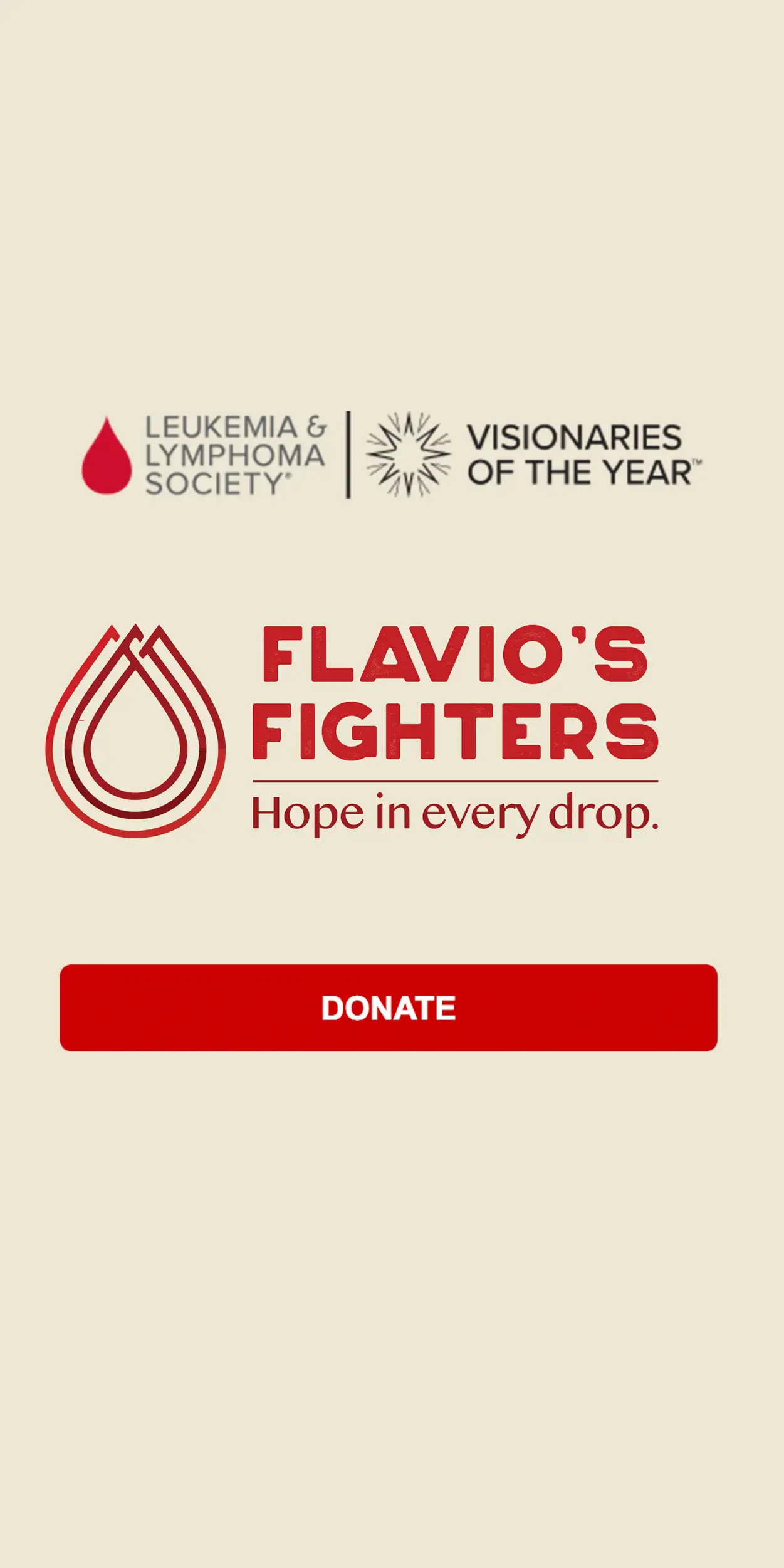The abolition of slavery refers to the historical process by which societies and nations moved to end the institution of slavery, recognizing it as a violation of human rights and an affront to human dignity. The abolitionist movement gained momentum over several centuries and was marked by legal, social, and moral changes.
Abolitionist Movements:
Transatlantic Slave Trade Abolition: Efforts to abolish the slave trade gained traction in the late 18th century. The British Parliament passed the Slave Trade Act in 1807, making the slave trade illegal, and other countries followed suit.
Abolition in the Americas: The abolitionist movement in the Americas gained momentum during the 19th century. The abolitionist movement played a significant role in the United States leading up to the American Civil War. The Emancipation Proclamation in 1863 declared enslaved people in Confederate-held territory free.
Latin America: Slavery was abolished in various Latin American countries during the 19th century. For example, Brazil, the last country in the Americas to abolish slavery, did so in 1888.
Legal Abolition:
The legal process of abolishing slavery involved the passage of laws and statutes that recognized the rights of enslaved individuals. This was often accompanied by efforts to enforce these laws.
International agreements, such as treaties and conventions, were also established to condemn and eradicate slavery. The 1926 Slavery Convention and the 1956 Supplementary Convention on the Abolition of Slavery, the Slave Trade, and Institutions and Practices Similar to Slavery are examples of international efforts against slavery.

Abolitionist Figures:
Numerous individuals played key roles in the abolitionist movement. Figures like William Wilberforce in Britain, Frederick Douglass in the United States, and Toussaint Louverture in Haiti contributed significantly to the cause.
Economic Changes:
Economic factors, including changes in labor systems and the rise of industrialization, contributed to the decline of slavery. The economic viability of slavery became increasingly questionable.
Public Opinion and Morality:
Changing societal attitudes and a growing moral consensus against slavery played a crucial role. The Enlightenment ideals of equality and human rights influenced public opinion.
Continued Struggles for Freedom:
Even after legal abolition, formerly enslaved individuals faced ongoing challenges, including racism, discrimination, and social inequalities. The struggle for civil rights and equality continued long after the formal end of slavery.
While legal abolition marked a significant step forward, the legacy of slavery persisted in the form of systemic racism and social inequalities. Efforts to address these issues and promote justice and equality are ongoing. The historical struggle against slavery serves as a reminder of the importance of human rights and the ongoing need for vigilance against forms of exploitation and oppression.
Modern slavery is still a pervasive and serious issue in various parts of the world. Modern slavery refers to situations where individuals are exploited through coercion, deception, or force for labor or commercial sex against their will. This includes practices such as forced labor, human trafficking, debt bondage, and other forms of exploitation.
Key aspects of modern slavery include:
Forced Labor: Individuals are made to work under threat or coercion, often in harsh conditions, and they may be unable to leave the situation.
Human Trafficking: People are recruited, transported, harbored, or received through force, fraud, or coercion for the purpose of exploitation, including forced labor or commercial sexual exploitation.
Debt Bondage: Individuals are forced to work to pay off a debt, and the terms of the debt are manipulated so that the person cannot realistically repay it.
Child Labor: The exploitation of children for labor is a form of modern slavery. Children may be forced to work in hazardous conditions, often without access to education or proper care.
Commercial Sexual Exploitation: Individuals, particularly women and children, may be forced into prostitution or other forms of sexual exploitation against their will.
Efforts to combat modern slavery involve legal measures, international cooperation, and advocacy. Many countries have enacted laws to criminalize these practices and protect victims. Additionally, various organizations and initiatives work to raise awareness, provide support for victims, and promote policies to eradicate modern slavery.
While progress has been made, the complex nature of modern slavery, as well as the economic and social factors that contribute to its persistence, make it an ongoing global challenge. Efforts to address this issue require a multifaceted approach involving governments, non-governmental organizations (NGOs), businesses, and individuals to work collaboratively to eliminate the conditions that allow modern slavery to persist.
Check out these amazing organizations to help fight modern slavery in all its forms:
Hopeforjustice.org
Polarisproject.org
Endslaveryandtrafficking.org
Bsccoalition.org








































Leave a Reply